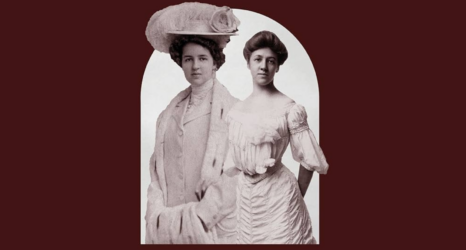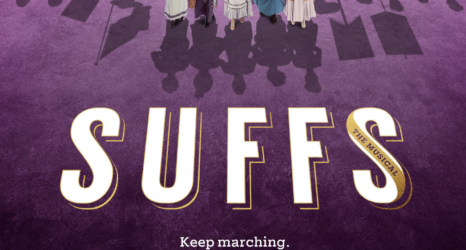
Today in Feminist History is our daily recap of the major milestones and minor advancements that shaped women’s history in the U.S.—from suffrage to Shirley Chisholm and beyond. These posts were written by, and are presented in homage to, our late staff historian and archivist, David Dismore.
March 24, 1919: Though celebrating its Golden Jubilee tonight, the National American Woman Suffrage Association looked forward rather than back.

While honoring the founders of the National Woman Suffrage Association and the American Woman Suffrage Association for their pioneering work 50 years ago—and whose groups merged into N.A.W.S.A. in 1890—most of the day’s attention was happily focused on what to do after the 41-year battle to pass and ratify the 19th Amendment is finally over.
The most controversial idea was suggested by N.A.W.S.A. President Carrie Chapman Catt. She envisions her present group being succeeded by a kind of alliance or league of women voters that will be a non-partisan organization in which former suffragists will band together for an initial “enlistment” of five years and use their influence to bring about legislation that will better the nation.
Catt outlined three priorities for her proposed group:
- First, to finish the job of banning sex discrimination at the polls nationwide, then to aid the women of other countries in their struggle for the vote.
- Second, to remove all remaining traces of bias against women in the legal codes.
- Third, to stabilize democracy in our own country and “to make our democracy so safe that every citizen may feel secure and great men will acknowledge the worthiness of the American Republic to lead.”
The “non-partisan” aspect evoked the skepticism of Elizabeth Bass, the Democratic Party’s most prominent woman and an active suffragist for many years. She attacked the idea as impractical, because the women of the West had already been voting for some time and were well embedded in the political parties. Another opponent expressed the opinion that parties were the only logical way of getting anything done.
One other controversy briefly bubbled up today as well. A New York newspaper reported that what Catt was actually planning was the formation of a new woman’s political party to help women run for office. A secret session was held with senior officers at which Catt is reported to have strongly denied this allegation.
Though nothing is ever certain in politics, there do appear to be enough votes in the new Congress to pass the Susan B. Anthony Amendment by the two-thirds majority required and send it to the states for ratification by 36 of 48. Regardless of whether that final step in the ratification process takes place before next year’s Presidential election or not, the end of the struggle is in sight, so it’s definitely appropriate to begin thinking about how women’s votes can best be used after the battle to win them is over.





